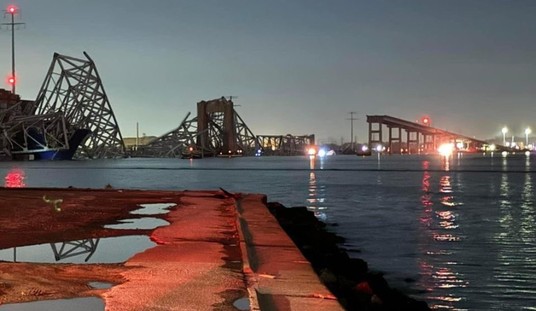You may remember that last August California had rolling blackouts on two particularly hot days. The blackouts hit on a Friday about the time the sun was going down. That wasn’t a coincidence. As the sun gets low in the sky, power generation from solar farms drops off sharply and the state is forced to find other sources. Last year it couldn’t fine enough power and so the blackouts were ordered to prevent the entire power grid from going down.
Jump forward one year and we’re having another hot summer and there is some growing concern we could see more rolling blackouts in the next few weeks. One of the methods the state uses to avoid those blackouts is something called “flex alerts.” A flex alert is basically just a public appeal issued by the state’s independent power regulator on hot days when the energy usage is up. It generally takes to the form of a request for people to set their air conditioners to 78 degrees and turn off unused lights, etc. For those that don’t live in California, here’s a local news report announcing a flex alert. This one is from last month:
Politico published a story Friday reporting that during this recent flex alert, it appeared to regulators that most people were simply ignoring it:
For years, state officials have counted on residents to rescue the electric grid from collapse by sparing their energy use on the most blistering of days. But during a brutal July heat wave, Californians largely ignored repeat calls for conservation…
“I think we’re not taking it that seriously,” said Severin Borenstein, a member of the California grid operator’s board of governors. “This is not a mechanism that we can rely on as a primary mechanism for dealing with the bad situation that we’re in.”…
There is a growing sense that the state is overusing Flex Alert, asking too frequently — and on days when easing air conditioner usage is most uncomfortable. The tool was once used sparingly, just 21 times between 2009 and 2019, but state officials called 10 alerts last year alone, and five so far this summer.
By July, residents appeared to show signs of fatigue. Demand did not drop at all on July 9 or 10, despite two Flex Alerts, though it did dip on July 12, when temperatures were slightly cooler.
There are more hot days ahead this summer. If flex alerts don’t result in any drop in usage on the hottest days then rolling blackouts are the next step.
There’s a very clear political motivation to avoid another blackout this summer. As you’ve probably heard, Gov. Newsom is in the midst of a recall effort. For a while, polling suggested the governor was going to easily survive that effort. In fact, state Democrats opted to move the date of the vote up to September because it was thought that would help Newsom. At the time he was riding a wave of positive news about the state reopening after months of COVID lockdowns. However, the most recent polling shows it’s a much tighter race than expected:
The upcoming recall election could be a tougher fight than originally predicted and, even if he wins, Gavin Newsom may face a difficult battle to keep the governor’s seat in 2022 for a second term.
That’s according to a new poll that found 43% of California voters are in favor of recalling Newsom in the Sept. 14 special election, while 48% said they would vote to keep him in office, and 9% said they still aren’t sure.
Those numbers will certainly shift against Newsom if we have another day or two of blackouts. It really could be decisive for his future. No doubt the Governor is well aware of this and is looking at the reaction (or lack of one) to those recent flex alerts with some real concern.
However, the state does have one other ace up its sleeve. CALISO (the state’s independent power board) went to the Federal Energy Regulatory Commission (FERC) and asked if the state could essentially take power that was being delivered to other states in an emergency. FERC said yes. So, in essence, power that was promised to Arizona could be redirected if it’s needed to keep the lights on. Arizona is not happy about it, noting that if it’s hot in California on a given day it’s likely as bad or worse in Arizona.
“Last summer, we had more than 45 days that were incredibly hot. We’re expecting incredible temperatures this summer and next summer. So, in Arizona, that’s a life and death situation,” said Lea Márquez Peterson, chairwoman of the Arizona Corporation Commission, the state’s utility regulator. She thinks the change allows California to hijack power that Arizona had bought ahead of time and was counting on.
“Arizonans were looking for assurances that we wouldn’t have blackouts like California so we’ve pre-purchased this power, yet, in essence, [California] is taking it hostage as it’s crossing the borders on its transmission lines, and that’s not acceptable,” Márquez Peterson said.
While California has yet to withhold power traveling by way of its grid, Arizona’s utilities have begun thinking about how to manage when they do.
So California hasn’t used this last resort yet but it could. CALISO is an independent entity so it’s not as if Gov. Newsom can pick up the phone and order them to save his career by hijacking Arizona’s power, but in this case what’s good for CALISO and Gov. Newsom are one and the same. Bottom line, the lights probably won’t go off again this year in California but they could go off in Arizona because of California. If that happens you can bet a lot of people in Arizona will be furious but fortunately for Newsom they can’t vote in the recall election.







Join the conversation as a VIP Member